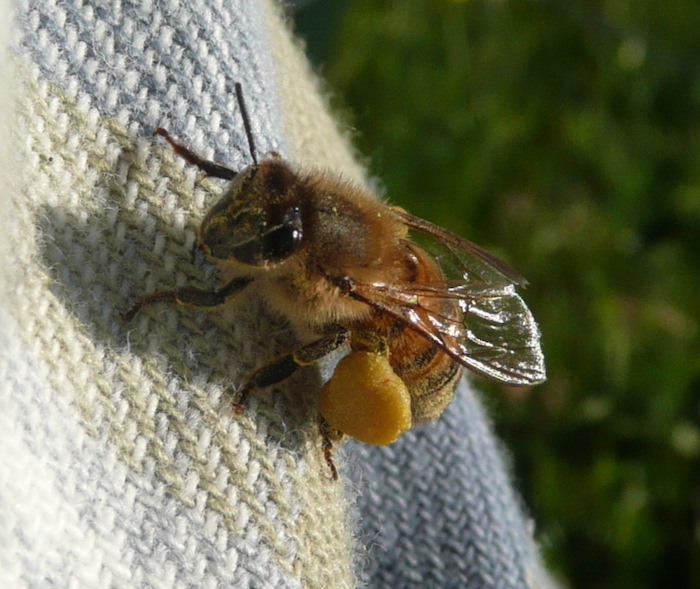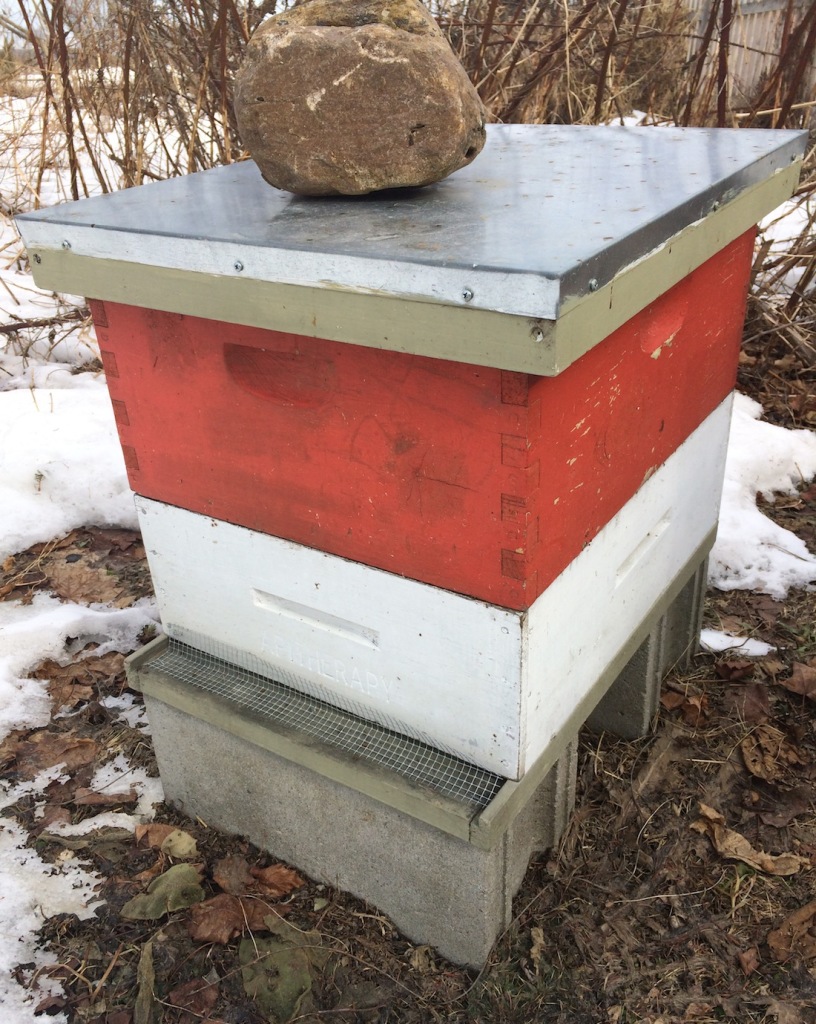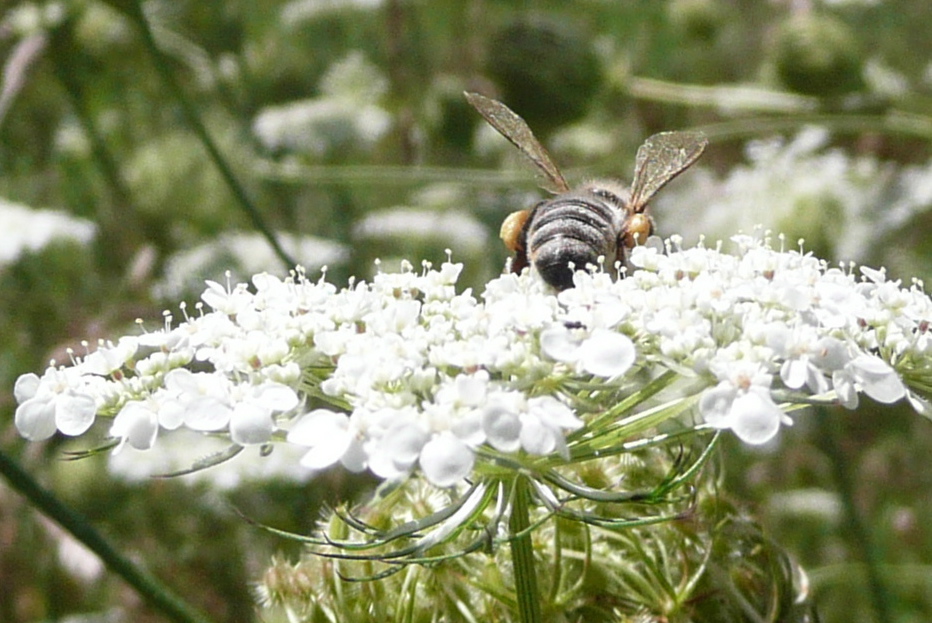Live from the hive: April 2015

“First pollen and nectar” by Annie Watson, Thistle Hill Studio
Spring has arrived! We are so grateful for sunshine and warmer days. April is a big month for honeybees. The newly available pollen and nectar support their building of a strong, well-populated colony that can make lots of honey to — yes — get them through the next winter. Although April can still be cold in the north country, there are also many warm days where the bees are out searching for pollen. During April the willows and red maples bloom, giving the bees their first pollen and nectar of the season.
The fuzz on the pussy willows, the yellow of the willow trees, and the pink aura of the maple buds are a welcome indication that the bees have food once again.
 It was a difficult winter for the bees. At my house in the Champlain Valley, only one out of three colonies remains alive. We gave them a super of honey, and hope that they will make it through.
It was a difficult winter for the bees. At my house in the Champlain Valley, only one out of three colonies remains alive. We gave them a super of honey, and hope that they will make it through.